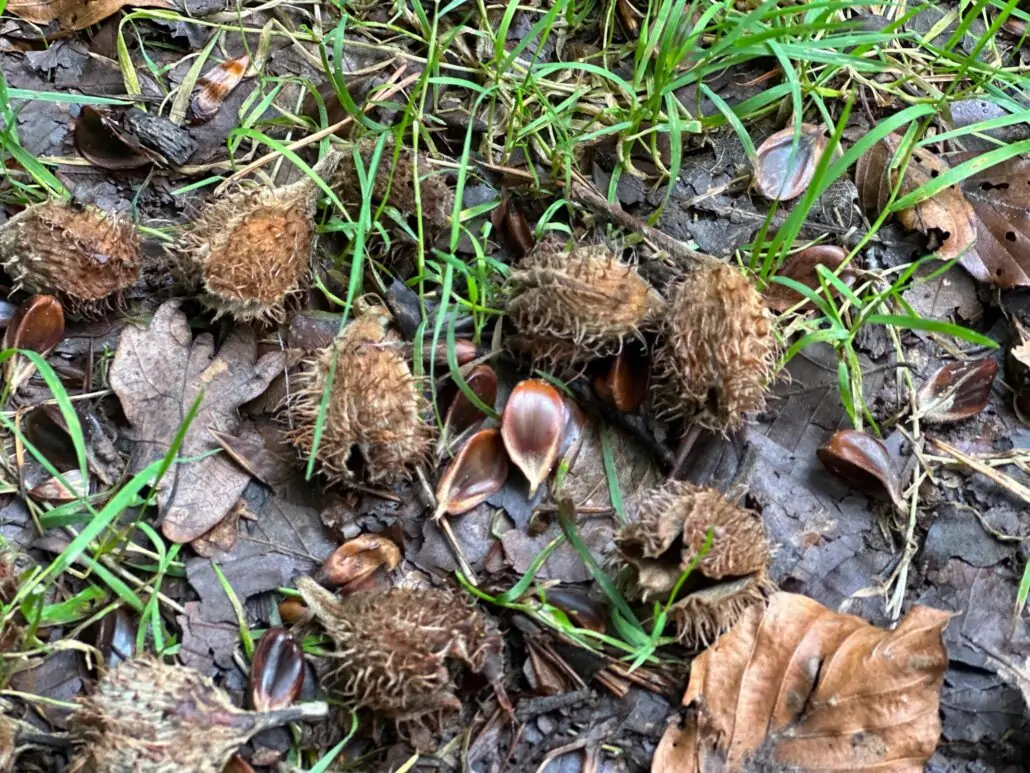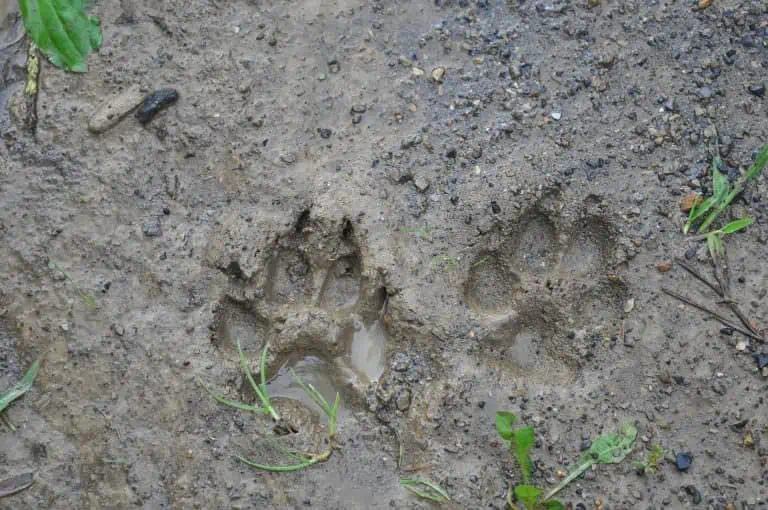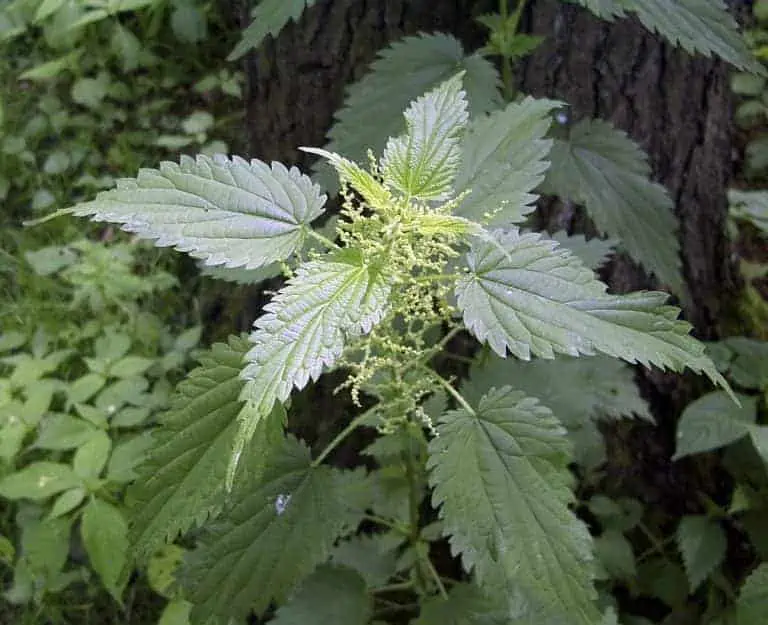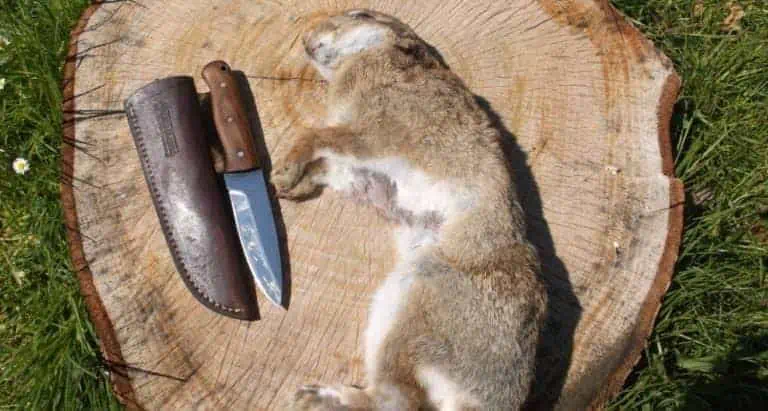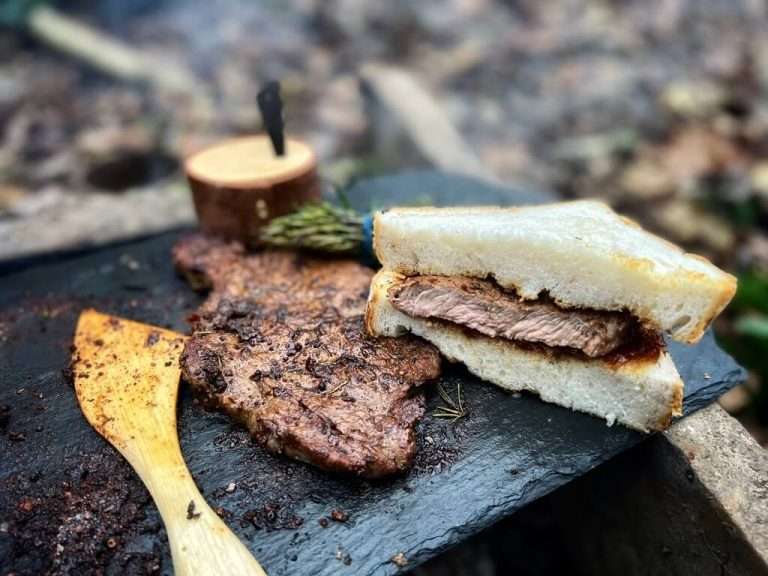Beech Tree
The Beech is a genus of deciduous trees in the Fagaceae family. A common sight amongst established woodland, hedgerows and parkland, especially through the South East of England.
Beech trees prefer a slightly damp environment with well drained soil, but don’t fair too well with hard winter frosts. This is thought to be the reason that they thrive amongst woodland protection compared to exposed areas prone to lower temperatures.
A mature Beech can reach up to 40m if left un-coppiced, and will grow into an impressive domed crown.
Bark
The bark of the Beech is usually smooth and grey in colour, often with horizontal etchings.
There are some Beech trees that do develop rippled bark, that can run right up the trunk. This doesn’t seem to affect its growth, but the cause is not yet fully known. Some theories suggest that this can be related to water stress, nutrient deficiency or damage as a sapling. As trees continue to grow and thrive, and can grow in areas where other trees are unaffected, the cause can be hard to pin-point.
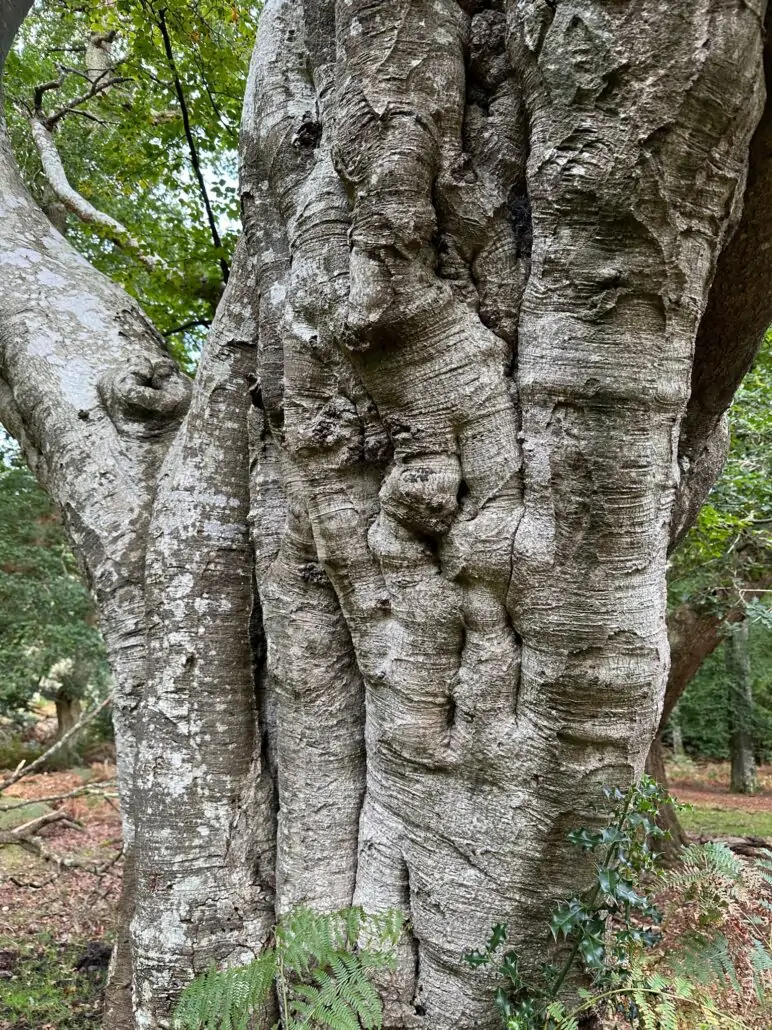
Leaves
The young leaves of the Beech are a vibrant lime green colour, with a fine coating of hairs. It is thought that these hairs make the leaves. Less appealing to passing herbivores and the abundance of wildlife that call the Beech home.
The leaves are oval in shape, with a pointy tip and a wavy outer edge – but not to confused with the Hornbeam. Each leaf has a distinctive and uniform pattern of veins (the petiole) the run parallel to each other coming from the central vein (the midrib) to the outer edge of the leaf. As the leaves mature, they darken in colour and lose the fine hairs.
As much as the Copper Beech has been known for centuries, it is still not fully understood why the leaf colour variation occurs. There are some Copper Beech that were cultivated for ornamental purposes but there are some Copper Beech that grow naturally.
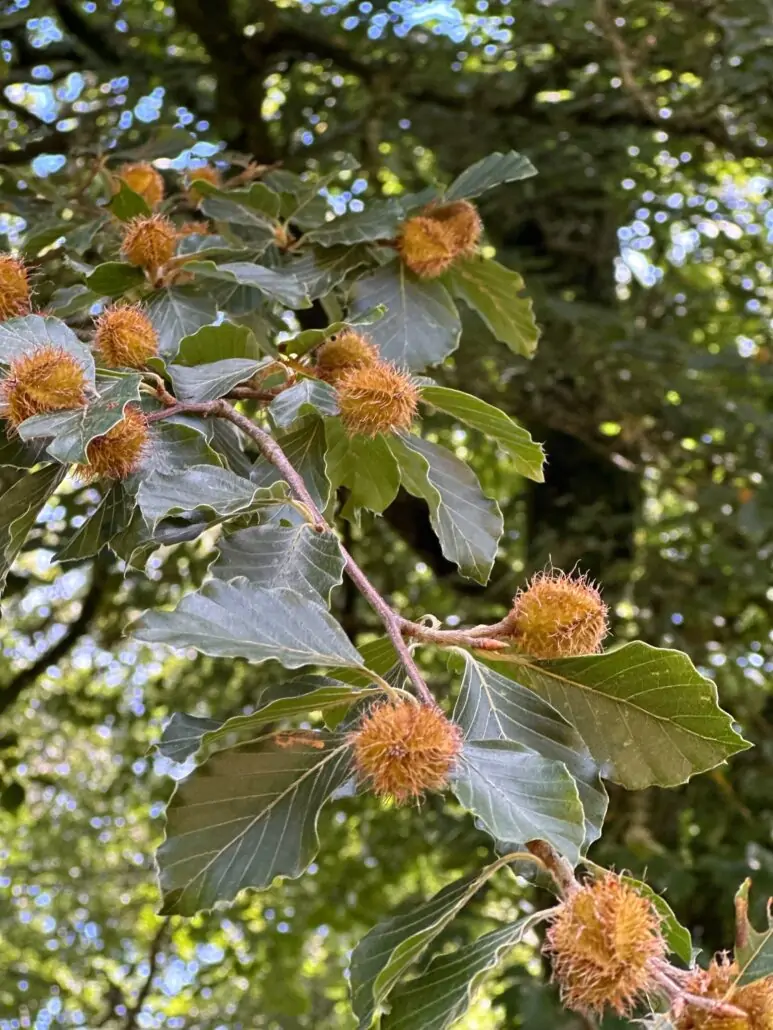
It appears that all Beech trees have the genetic make up to produce leaves, it’s just not fully clear as why sometimes these genes are dormant and sometimes they become active.
Sometimes a tree can put out just one branch of purple leaves, and the rest remain green. And other times saplings, as well as mature trees, can put out purple leaves while surrounded by other Beech with green leaves. Maybe proving that it is just a genetic mutation, rather than being down to age or location?
Buds
Beech buds are relatively big compared to the size of the twig they are growing from. They are elongated in shape, often described as torpedo like in shape, and grow at an angle from the twig. The outer layer of the bud has a slight copper tone with a zig-zag pattern.
Flowers
Just like many other deciduous tree, Beech are monoecious, meaning that they grow both male and female flowers on the same tree.
From early April the male dangly catkins start to appear, dangling from a longer stem, the tassel-like flowers are a cream colour with a yellow powdery pollen coating. They protrude from the end of each twig to help with wind pollination.
The female flowers sit slightly further back along the twigs, growing in pairs. The yellow/green flowers grow with an outer cup. Once pollinated the female flowers grow into the Beech Nuts, with the flower’s cup developing into the nut’s woody spiky outer casing.
Beech Nuts
Beech nuts are edible to humans, and are valuable nutrition to wildlife too. The spiky outer casings can be removed to reveal – usually growing in two per casing – triangular shaped brown nuts with a pointy end.
These can be eaten raw one the brown skin has been removed, or can be roasted, the skin then rubbed off and eaten alone or added to recipes.
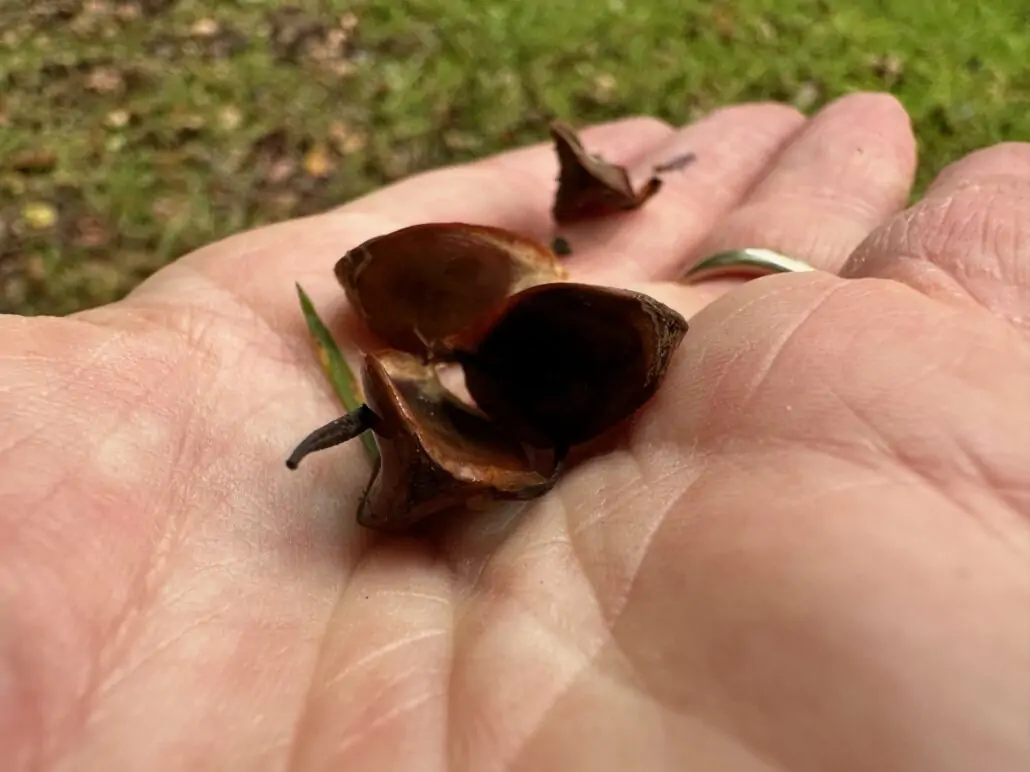
As with all foraging, be 100% sure of your plant ID. Forage sustainably and responsibly to make sure that there is always enough for the wildlife and tree’s next generation too.
Wildlife
The Beech is home to many species of wildlife. Hosting a great variety of native birds, the tree provides not only shelter, but nesting sites and nutrition too in the form of beech nuts and the insects that also call the tree home.
There are often large colonies of sap-sucking aphids, such as the Woolly Beech Aphid, who often leave a trail of honeydew like substance that they secrete across the foliage.
Small mammals also get to call the Beech home, cashing in on the shelter and food that the tree provides.
Uses
As well as providing tasty wild edibles in the form of nuts, Beech timber has many uses too.
Beech is a very hard wood, and with its straight grain and attractive colour it has been favoured for cabinet and furniture making for centuries.
The Beech tree is truly incredible, and a valued sight amongst our deciduous woodland.
